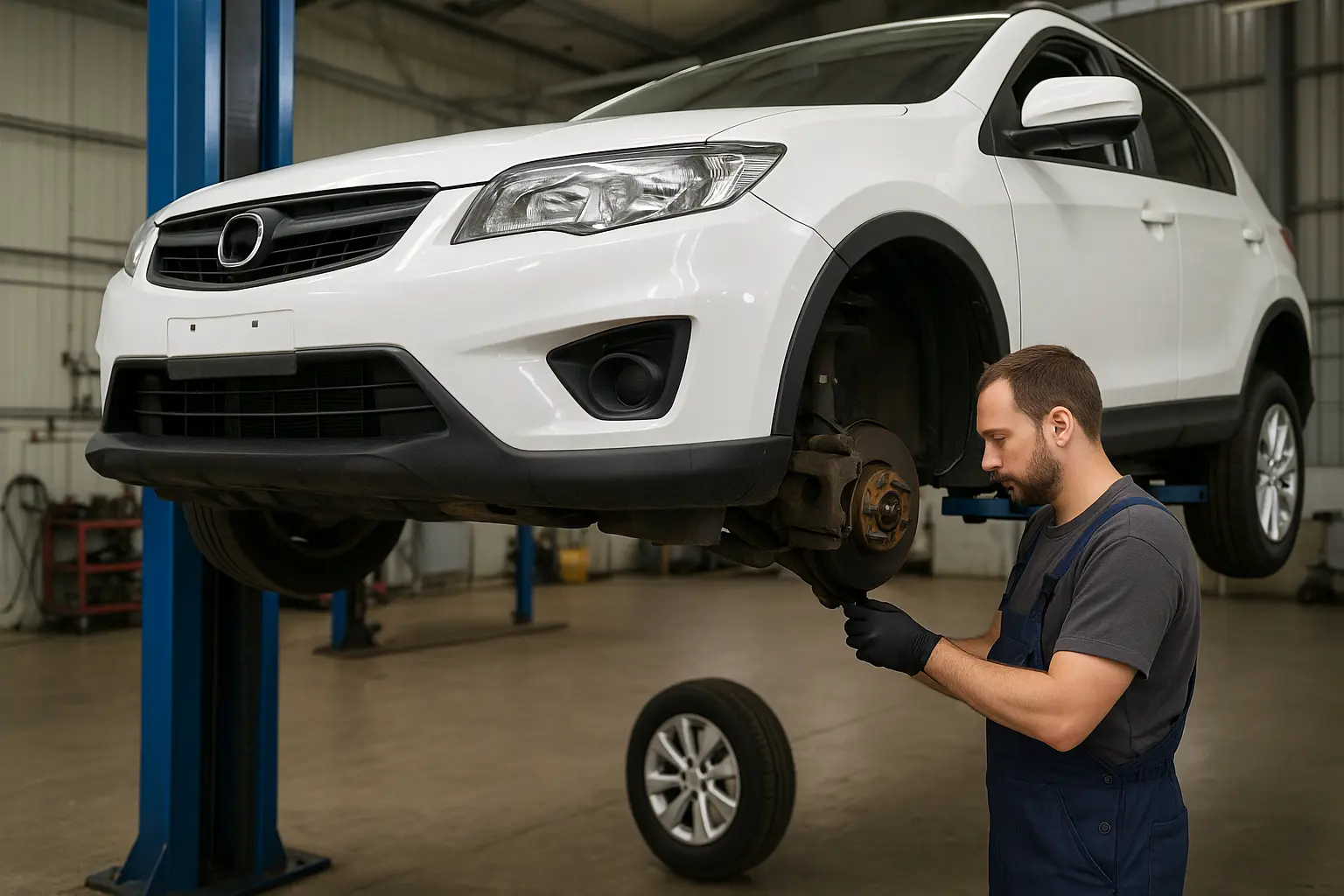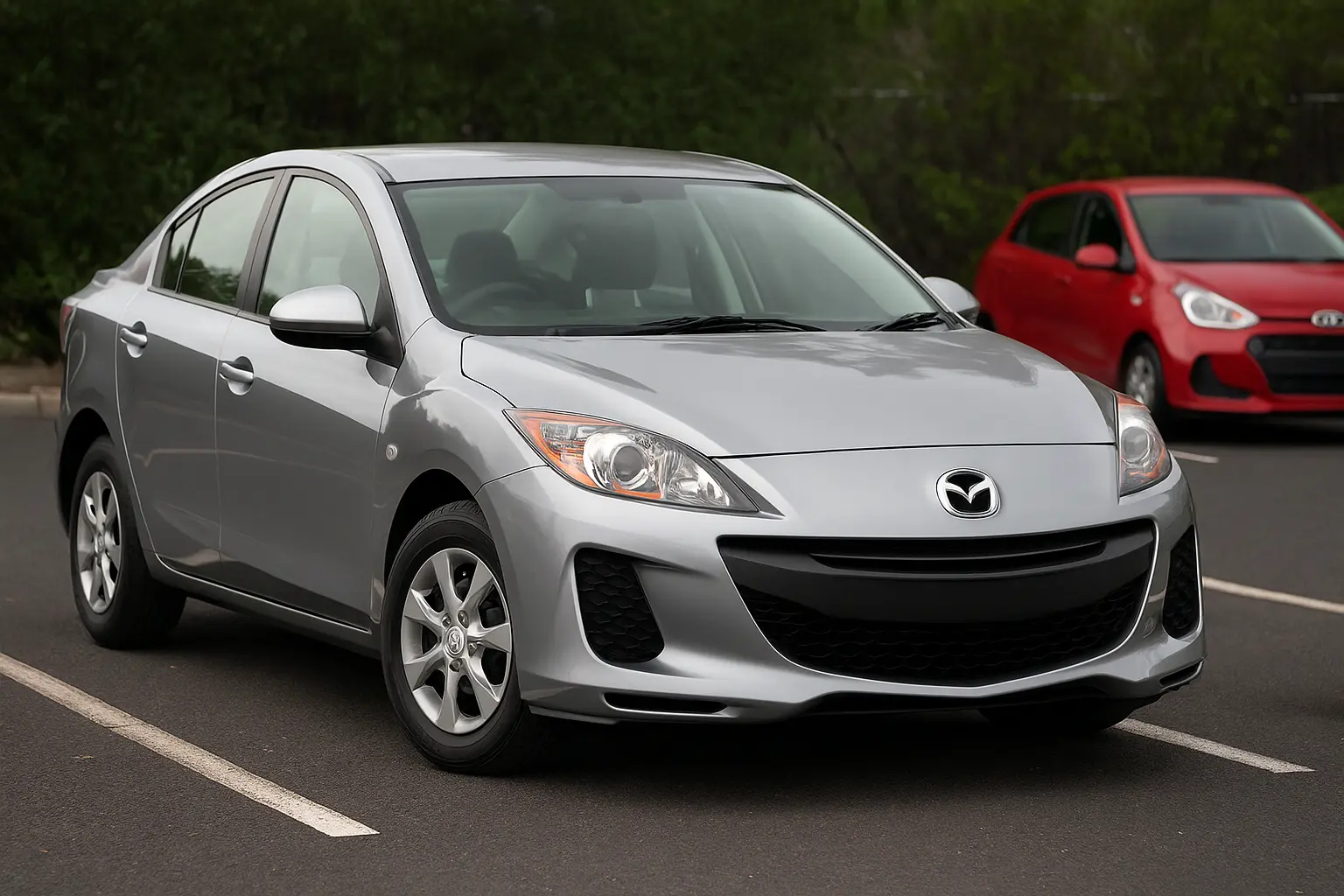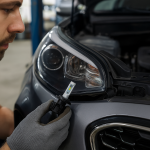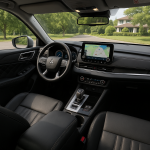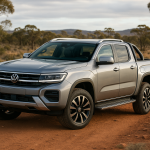Car ownership in Australia doesn’t end when you drive your new vehicle out of the dealership. Along with fuel, insurance, and registration, servicing is one of the biggest ongoing expenses. Yet many Australians don’t know what the real average service costs are, when a mechanic is necessary, and how much they can save with smart maintenance habits or DIY fixes.
This detailed guide will cover everything you need to know about car service costs in Australia—what influences the price, the difference between logbook and general servicing, DIY vs professional mechanic pros and cons, and practical saving strategies.
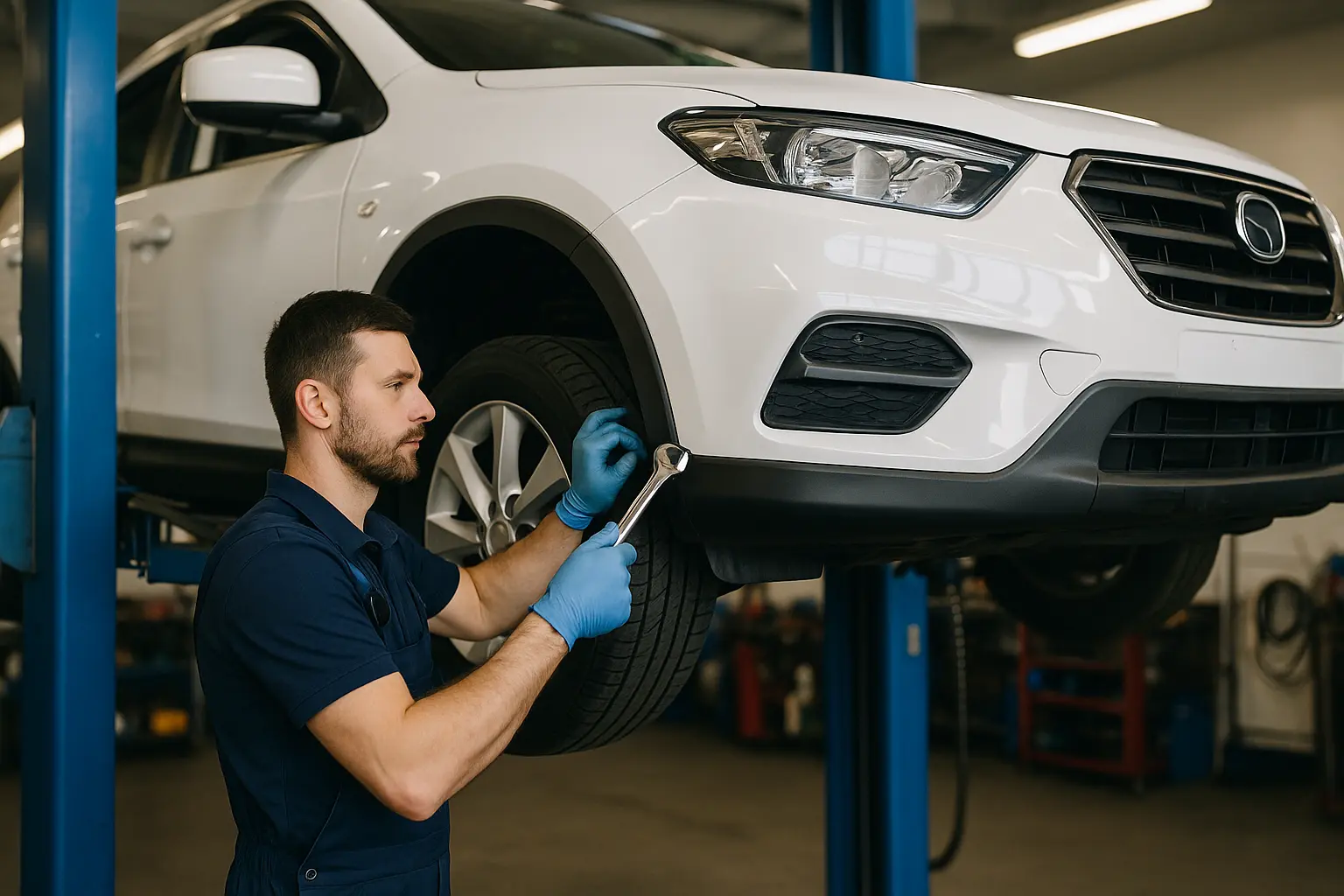
Why Car Servicing Matters in Australia
Regular car servicing isn’t just about keeping your vehicle running smoothly; it’s also about safety, compliance, and long-term savings. Australia has vast driving conditions—from city commutes to outback tracks—so neglecting maintenance can cost you more in the long run.
A well-serviced vehicle:
- Keeps you and your passengers safer.
- Prevents expensive breakdowns.
- Maintains warranty coverage for newer cars.
- Boosts resale value when it’s time to upgrade.
- Ensures compliance with manufacturer recommendations.
In other words, cutting corners on car servicing today could mean facing a massive repair bill tomorrow.
Average Car Service Costs in Australia
The price of a car service in Australia depends on several factors: the make and model of your car, whether it’s petrol, diesel, hybrid, or electric, the service type, and where you live.
Typical Service Price Ranges
- Basic/Minor Service: $150–$300
- Logbook Service (newer cars): $250–$500+
- Major Service: $400–$1,000 (can be higher for European or luxury cars)
- Specialist Repairs (transmission, timing belt, EV battery check): $1,000–$5,000+
Factors That Influence Price
- Vehicle Type: A Toyota Corolla costs much less to service than a BMW X5 or Tesla Model S.
- Fuel Type: Diesel cars and hybrids often have higher service costs due to specialised parts.
- Age of Vehicle: Older cars may require more frequent repairs or part replacements.
- Location: Servicing in Sydney or Melbourne tends to be pricier than in regional towns.
- Dealership vs Independent Mechanic: Dealerships charge higher hourly rates but offer brand-specific expertise.
Logbook vs General Servicing
One of the most confusing aspects for Australian drivers is understanding the difference between logbook servicing and general (sometimes called “basic” or “minor”) servicing.
Logbook Servicing
- Required to maintain a new car’s warranty.
- Follows the manufacturer’s specific schedule and parts.
- Typically performed at authorised dealerships or licensed mechanics.
- Cost: $250–$500+ depending on the make and mileage.
General Servicing
- Suitable for older cars outside warranty.
- Includes oil change, fluid top-ups, safety checks, and tyre inspections.
- Usually cheaper at independent workshops.
- Cost: $150–$300 for minor, $400–$700 for major.
Tip: Even if your warranty has expired, sticking to a regular service schedule is the best way to avoid costly breakdowns.
DIY vs Mechanic: What’s Better in Australia?
Australian car owners often ask whether it’s worth doing some servicing themselves. The answer depends on your skill level, time, and access to tools.
DIY Pros
- Cheaper: Oil changes and filter replacements cost a fraction if done yourself.
- Flexible: No need to book appointments or wait for your car.
- Satisfaction: Many enthusiasts enjoy maintaining their own cars.
DIY Cons
- Risk of mistakes: Over-tightening bolts, wrong fluids, or missing safety checks can lead to damage.
- No service record: DIY doesn’t count towards logbook servicing or warranty compliance.
- Safety: Some tasks, like brake repairs, are best left to professionals.
Mechanic Pros
- Professional expertise and proper tools.
- Maintains warranty coverage.
- Detailed safety inspections included.
Mechanic Cons
- More expensive (labour rates in Australia average $90–$150/hour).
- Some dealerships push unnecessary upselling.
Rule of Thumb: DIY is fine for simple jobs like wiper blades, air filters, or oil changes. Always use a professional for brakes, suspension, electrical, and anything involving manufacturer warranty.
Breakdown of Common Service Tasks and Costs
Here’s what you can expect to pay in Australia for typical service items:
- Oil & Filter Change: $100–$150
- Brake Pads: $200–$400 per axle
- Battery Replacement: $150–$400 (EV batteries much higher: $5,000–$15,000)
- Tyre Replacement & Fitting: $100–$250 per tyre
- Timing Belt Replacement: $500–$1,200
- Air Conditioning Service: $150–$300
- Wheel Alignment & Balance: $80–$150
Car Maintenance Tips to Save Money
Even though servicing is a must, you can reduce costs by taking a proactive approach.
- Stick to Service Intervals: Delaying an oil change can lead to engine damage.
- Shop Around: Compare quotes between dealerships and independent mechanics.
- Learn Basic DIY: Replace wiper blades, check tyre pressure, and top up fluids yourself.
- Use Quality Parts: Cheap parts often wear out faster, costing more in the long run.
- Bundle Services: Some workshops offer discounts if you do multiple services at once.
- Keep Records: A stamped service book improves resale value.
- Watch for Specials: Many workshops offer seasonal discounts, especially on tyres and brakes.
Electric & Hybrid Vehicle Servicing in Australia
EVs and hybrids are growing in popularity, but servicing them is a little different:
- Fewer moving parts mean lower routine service costs.
- Battery checks and software updates are key expenses.
- Specialised mechanics are required—fewer options outside metro areas.
- Cost range: $200–$400 per annual check-up, excluding battery replacements.
Tip: Always choose a mechanic trained in EV servicing to ensure proper safety.
How Car Service Costs Compare Across Brands
Different car brands have vastly different servicing costs in Australia.
- Affordable Brands (Toyota, Hyundai, Kia): $200–$350 average per service.
- Mid-Range (Mazda, Subaru, Honda): $250–$450 average.
- Premium Brands (BMW, Audi, Mercedes-Benz): $500–$1,000+ average.
- EVs (Tesla, Polestar): $250–$400 for software and safety checks.
Many brands now offer capped-price servicing, which guarantees fixed service costs for a set period—helping buyers budget better.
Hidden Costs to Watch Out For
When budgeting for car service costs in Australia, don’t forget the extras:
- Registration & Insurance renewals often align with servicing times.
- Unexpected repairs (e.g., a worn clutch or alternator).
- Dealer upsells like fuel system cleaners or unnecessary fluid flushes.
Always ask for a detailed quote before approving extra work.
Saving Money on Car Insurance Through Regular Servicing
Few people realise that insurance companies may refuse claims if your car is proven to be poorly maintained. For example, bald tyres or faulty brakes could be grounds to deny coverage. Keeping a regular service record not only protects your car but also strengthens your insurance compliance.
Regional vs Metro Car Service Costs
Servicing in metropolitan areas like Sydney, Melbourne, and Brisbane is typically 10–20% more expensive due to higher labour rates. However, regional workshops may have limited access to specialist parts or EV expertise.
Example:
- Sydney dealership oil change: $200–$250
- Regional NSW mechanic oil change: $130–$170
Future Trends in Car Servicing Costs in Australia
The Australian car servicing landscape is changing fast.
- More EVs: Expect servicing to get cheaper, but battery replacements will be costly.
- Subscription Models: Some brands may include servicing in a monthly fee.
- Connected Cars: Remote diagnostics will help predict failures before they occur.
- DIY Growth: With more online tutorials, Australians are becoming more DIY-savvy.
Final Thoughts
Car service costs in Australia may feel like a financial burden, but they’re an investment in safety, reliability, and long-term savings. Whether you stick to dealership logbook services, choose an independent mechanic, or take on some DIY tasks, the key is consistency.
Smart maintenance today prevents wallet-draining breakdowns tomorrow. With the right knowledge, budgeting strategies, and habits, Australian drivers can reduce servicing costs without compromising safety or performance.
Leave a comment
Your email address will not be published. Required fields are marked *


